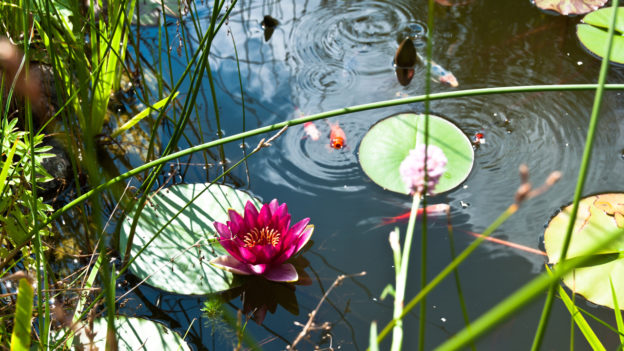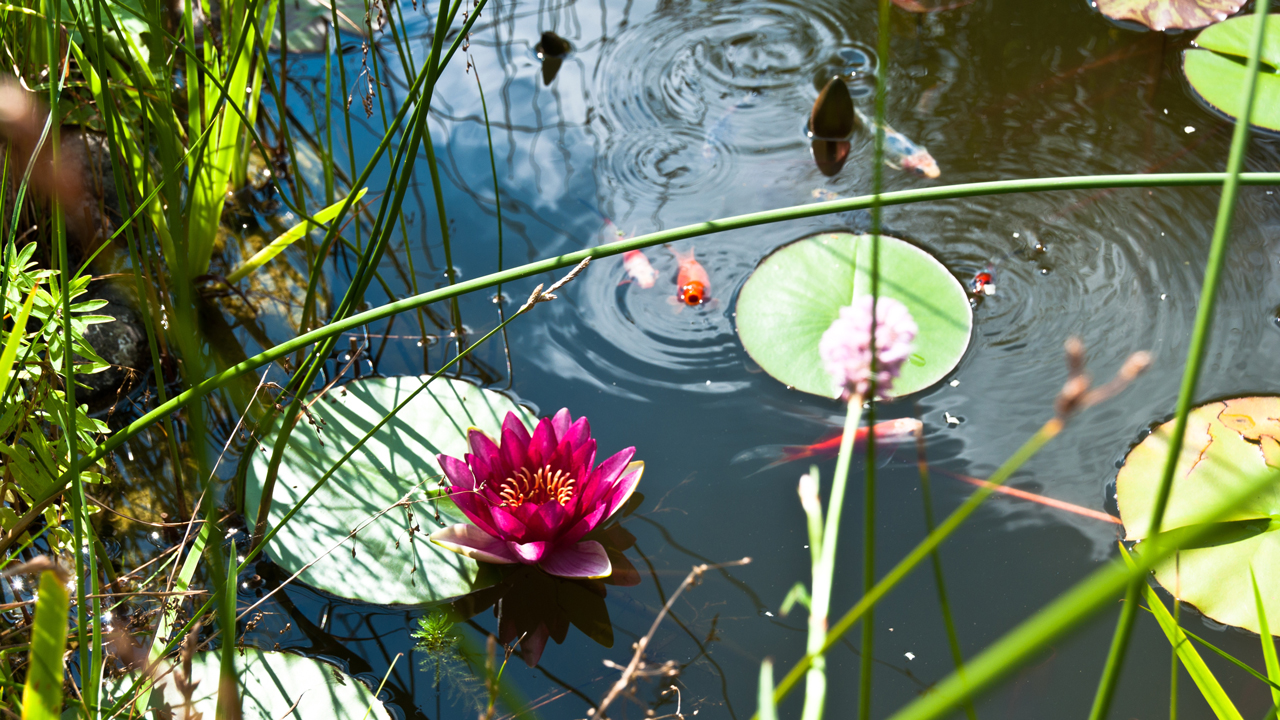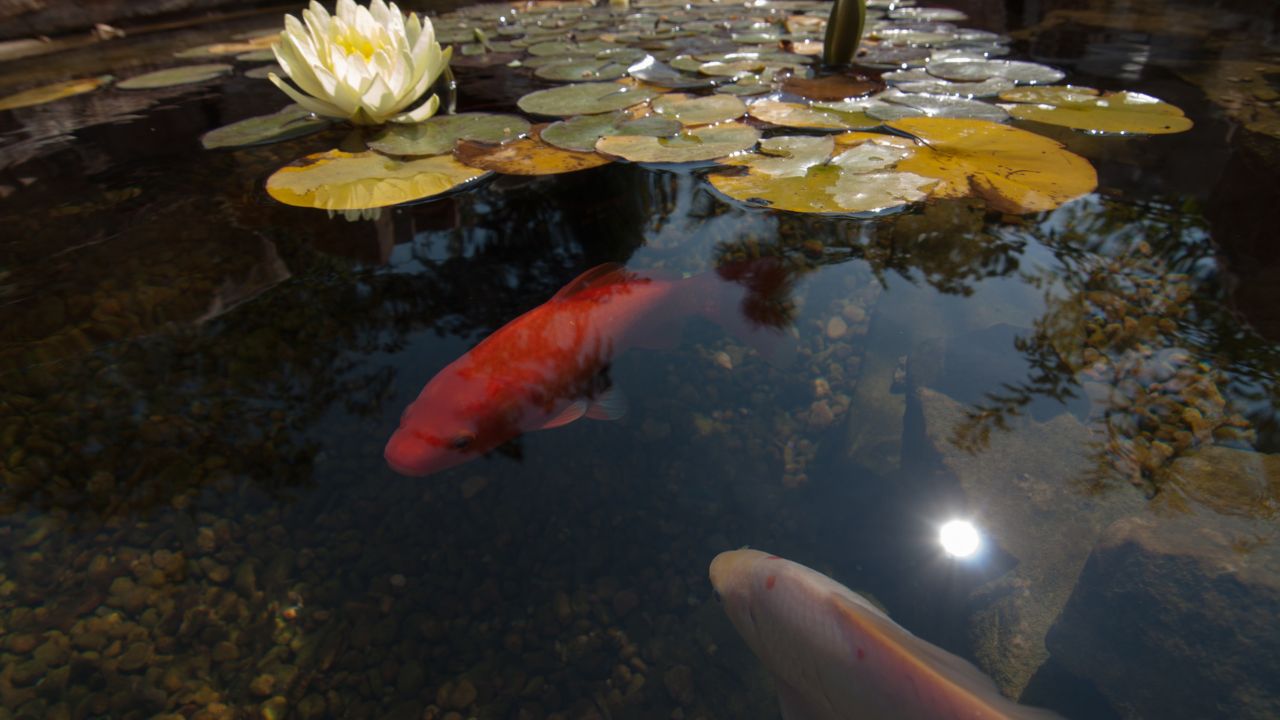
Key Takeaways:
- Old ponds can look new again – Even tired, green water features can be transformed with proper care.
- Renovation fixes problems for good – Unlike quick patches, a full redo solves algae, leaks, and pump issues at the source.
- New parts work better – Modern liners, filters, and pumps last longer and need less maintenance.
- Every pond needs different care – Koi ponds, fountains, and waterfalls each need special attention during renovation.
- Pros save time and headaches – Experts spot hidden problems and handle the heavy work while you enjoy the results.
That beautiful backyard pond you installed years ago might not look so great anymore. Maybe the water’s always green, the pump keeps failing, or the whole thing just looks dated. In Orange County’s climate, water features take a beating from the sun, heat, and mineral buildup.
Here are the telltale signs your pond needs a makeover:
- Constant battles with algae growth no matter what you try
- Water that stays murky even after cleaning
- A pump that runs poorly or needs frequent pump repair
- Cracks or leaks in the pond liner or fountain structure
- An outdated design that doesn’t match your current landscape
If any of these sound familiar, a full renovation might be your best move. Unlike quick fixes that just patch problems, a proper renovation solves issues at their source.
What Does a Complete Pond Renovation Include?
1. Draining and Deep Cleaning
First, we completely drain the pond and remove all that built-up organic matter and debris from water bodies that’s collected over the years. This isn’t just about scooping out leaves – it’s removing layers of sludge that normal pond maintenance can’t reach.
2. Repairing or Replacing the Structure
Cracked liners? Crumbling edges? We fix all structural issues. For older ponds, we often recommend switching to more durable modern liners that last decades instead of years.
3. Upgrading the Filtration System
That old filter that barely works anymore? Out it goes. We install custom-made filtration units sized perfectly for your specific pond. For tough algae control, we add ultraviolet sterilizer units that keep water crystal clear with minimal effort.
4. Modernizing the Pump System
New pond and fountain pumps run quieter, use less energy, and last longer. We custom-select each pump based on your pond’s size and the type of water movement you want.
5. Redesigning for Better Looks and Function
Maybe you want to turn that plain pond into a stunning water feature with a waterfall. Or add shelves for aquatic plants. Renovation is the perfect time to completely reimagine your water garden.
Special Considerations for Different Water Features
Not all ponds age the same way. Here’s how we approach different types of water features:
Koi Ponds
These need extra care because fish health depends on perfect water quality. We focus on superior pond filtration and proper depth to protect your koi through Southern California’s hot summers.
Garden Fountains
Old garden fountains in Orange County often suffer from mineral buildup and pump issues. We disassemble, descale, and restore water flow to like-new condition.
Pondless Waterfalls
These low-maintenance features sometimes need shoreline stabilization and new rock work after years of use. We rebuild them to look natural while preventing erosion.
Why Professional Renovation Beats DIY
You might think you can save money by renovating your pond yourself, but there are good reasons to call the pros:
- We spot hidden problems – Like small leaks or failing components that aren’t obvious
- Our work lasts – Proper installation prevents future issues
- We handle the heavy stuff – Like moving large rocks or disposing of old liners
- We guarantee our work – So you know it’s done right
Plus, we have access to commercial-grade pond fountain parts and supplies in Orange County that aren’t available at regular stores.
How to Keep Your Renovated Pond Looking Great
After investing in renovation, you’ll want to protect that investment. Here’s how:
- Stick to a schedule for regular maintenance
- Test the water oxygen levels monthly
- Clean out excessive vegetation before it becomes a problem
- Have us do bi-weekly maintenance if you don’t have time
The secret is staying ahead of problems before they start.
Bring Your Water Feature Back to Life
An old, failing pond doesn’t need to be replaced – it can be reborn. Whether you have a small backyard fountain or a large koi pond, Orange County Pond Services specializes in complete transformations.
We handle everything from pond repairs to full redesigns, using top-quality pond and fountain pumps, filters, and parts. Our team knows Orange County’s unique water challenges and how to build features that last.
Ready to fall in love with your water feature again? Contact us today for a free renovation consultation. Let’s turn that tired pond into the highlight of your outdoor space.
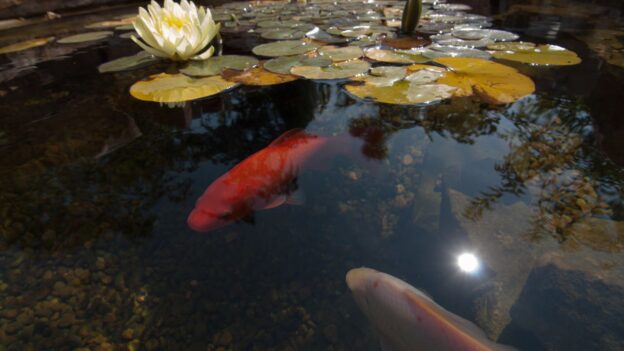
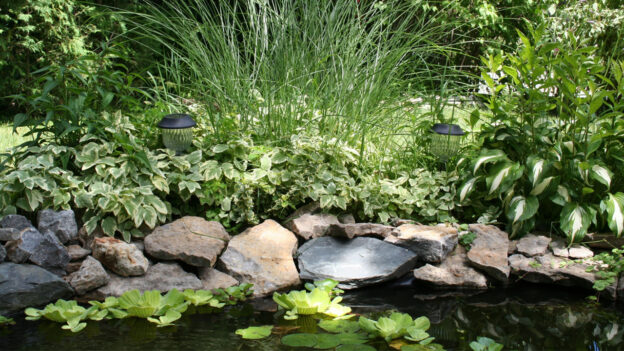
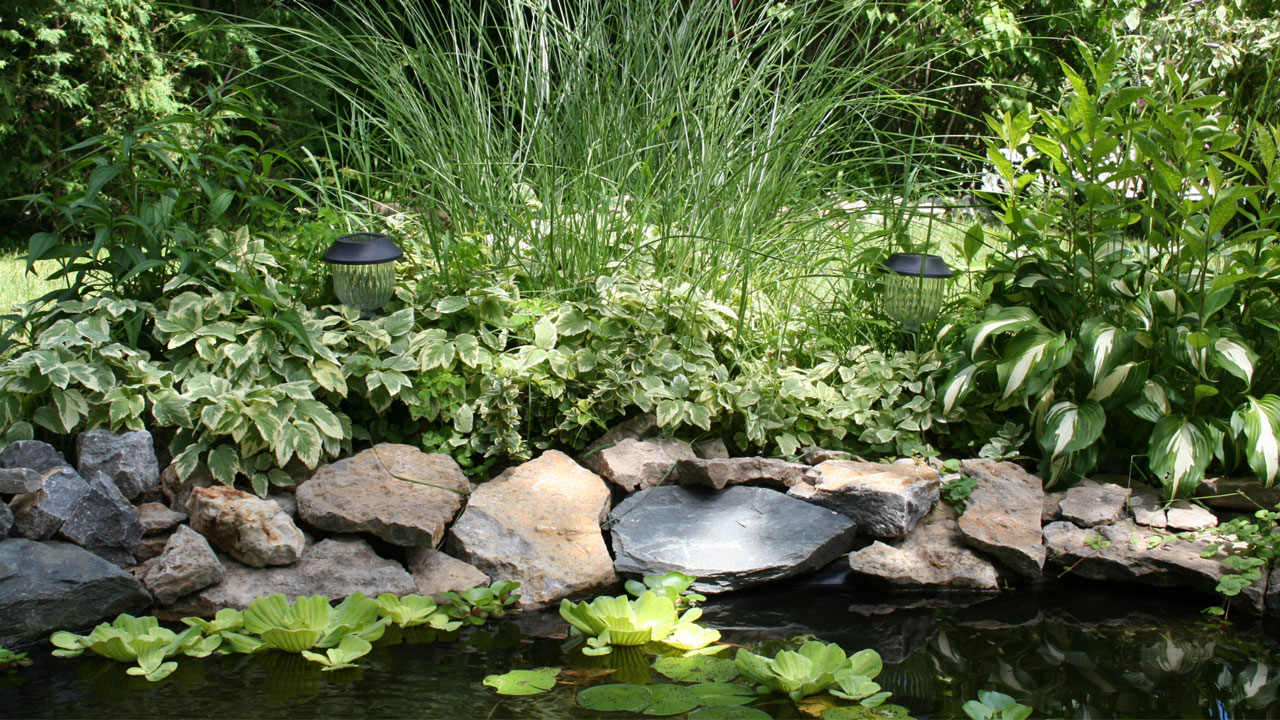 T
T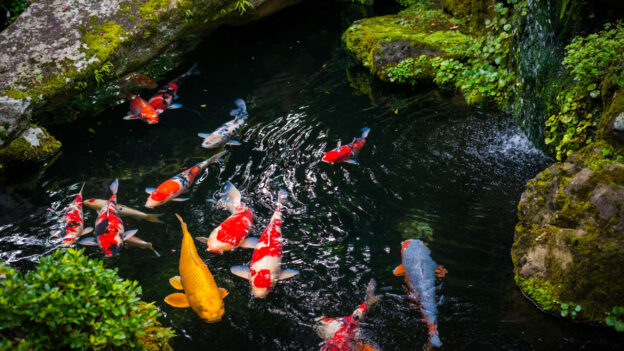
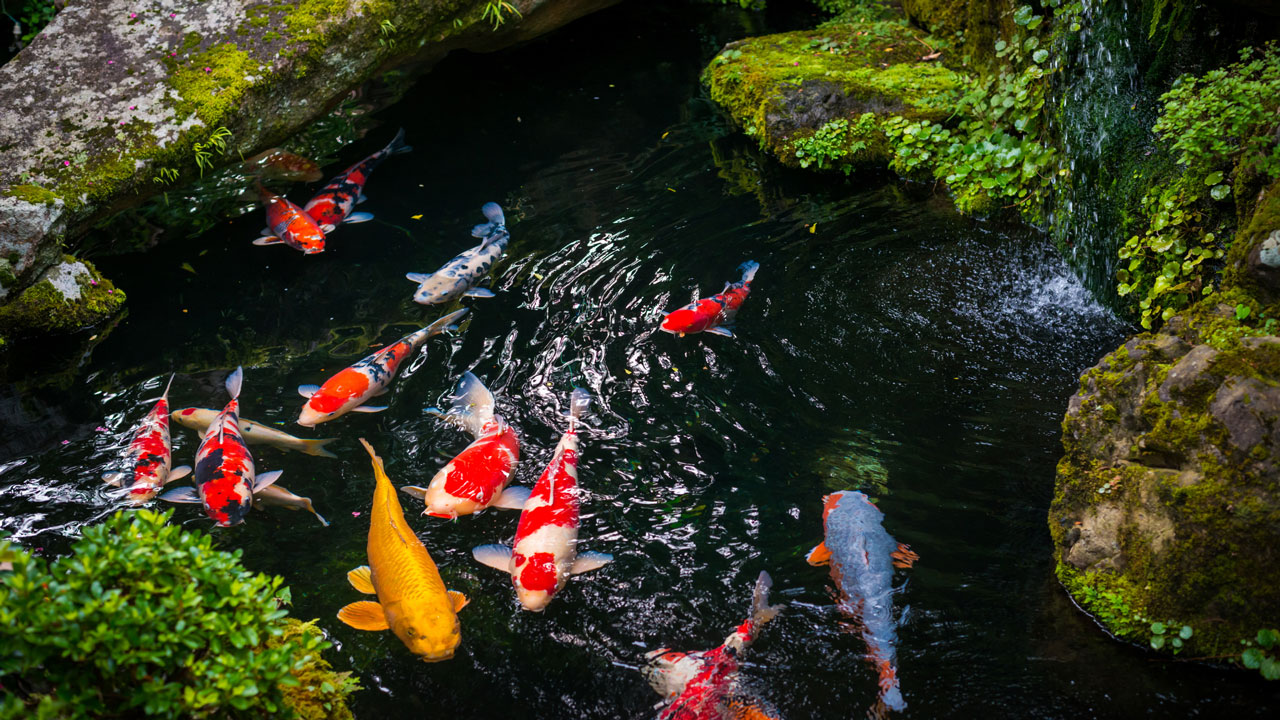 C
C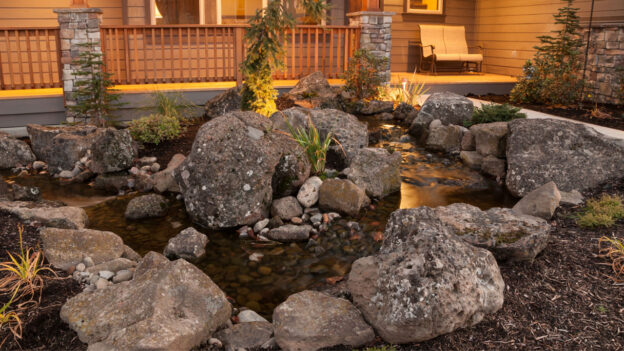
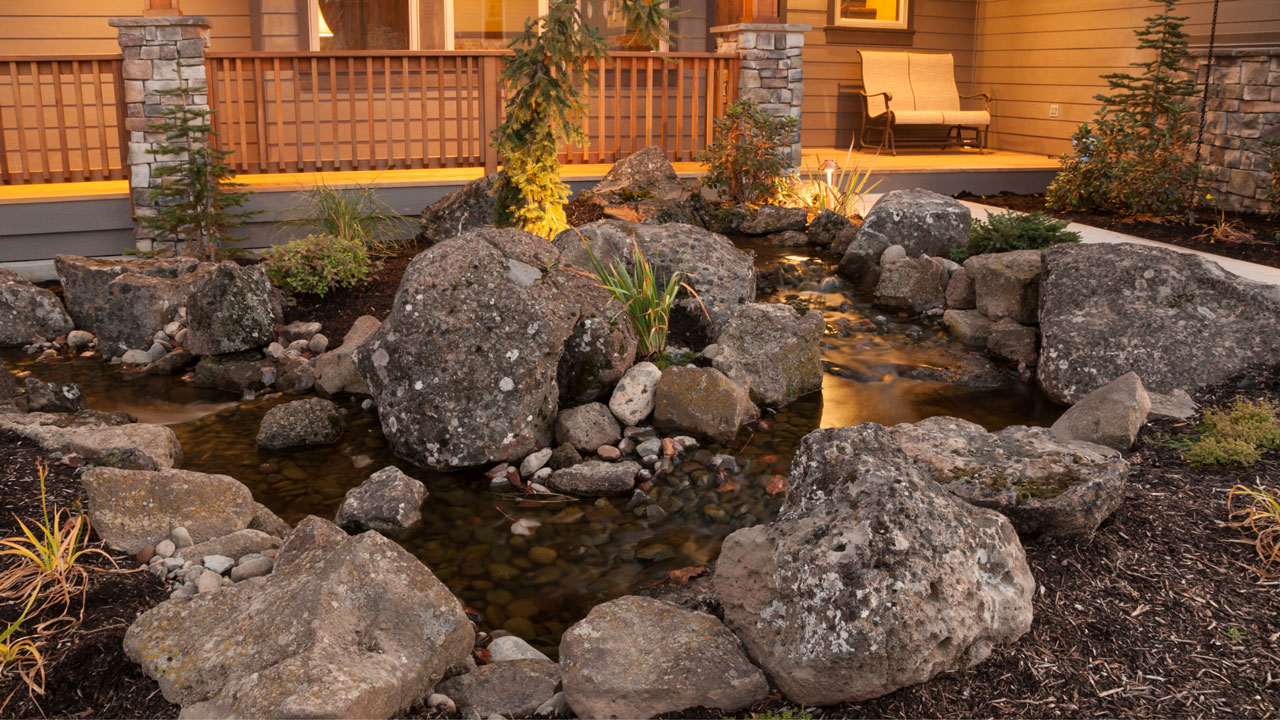 Birdwatching is a beloved hobby for many nature enthusiasts, offering an opportunity to observe the beauty and behavior of our feathered friends up close. If you’re looking to attract more birds to your
Birdwatching is a beloved hobby for many nature enthusiasts, offering an opportunity to observe the beauty and behavior of our feathered friends up close. If you’re looking to attract more birds to your 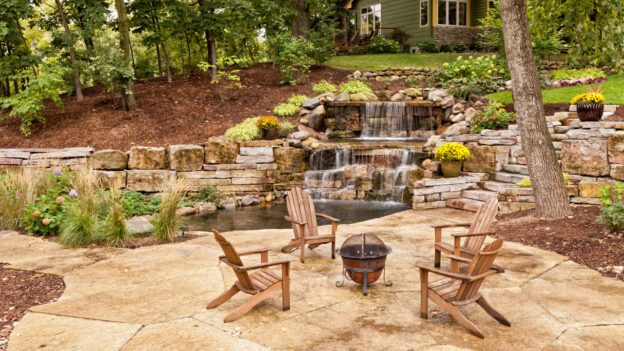
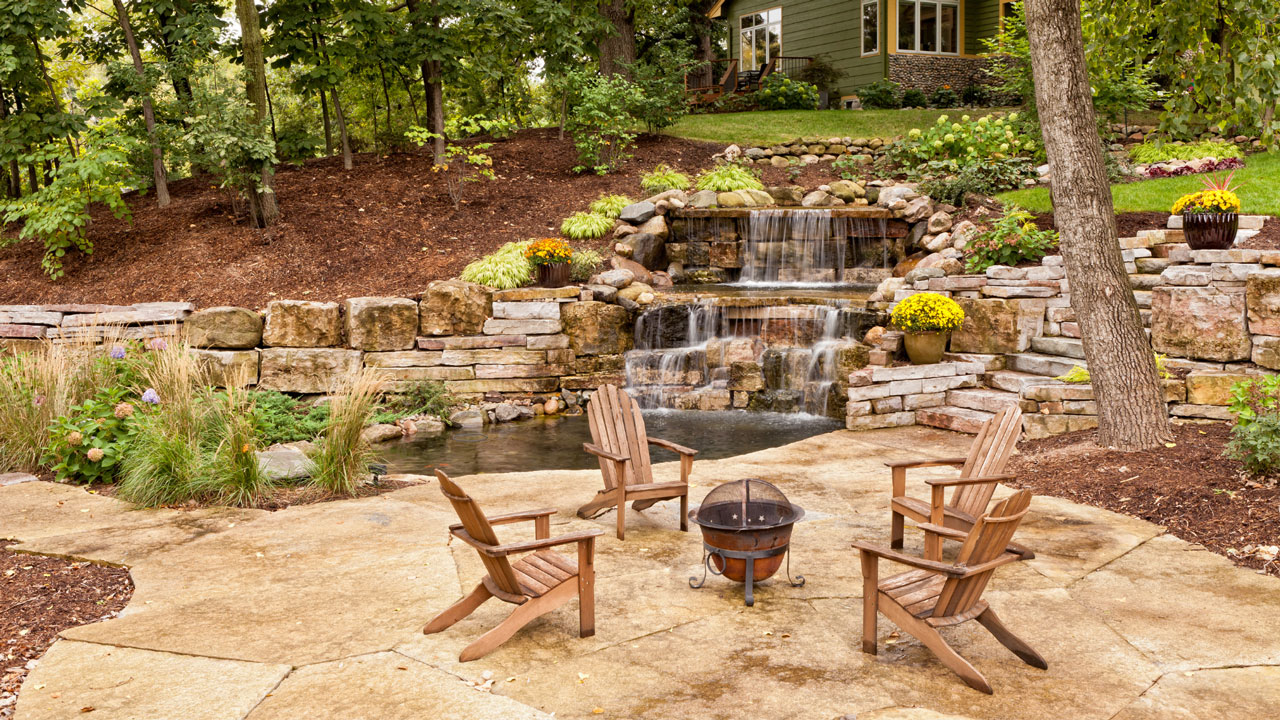 Did you know that most backyard pond issues stem from inadequate maintenance practices? Keeping your
Did you know that most backyard pond issues stem from inadequate maintenance practices? Keeping your 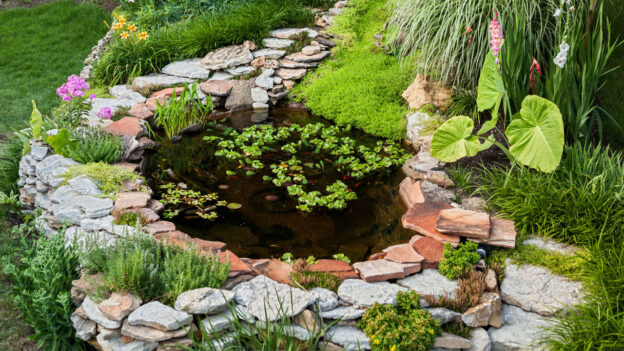
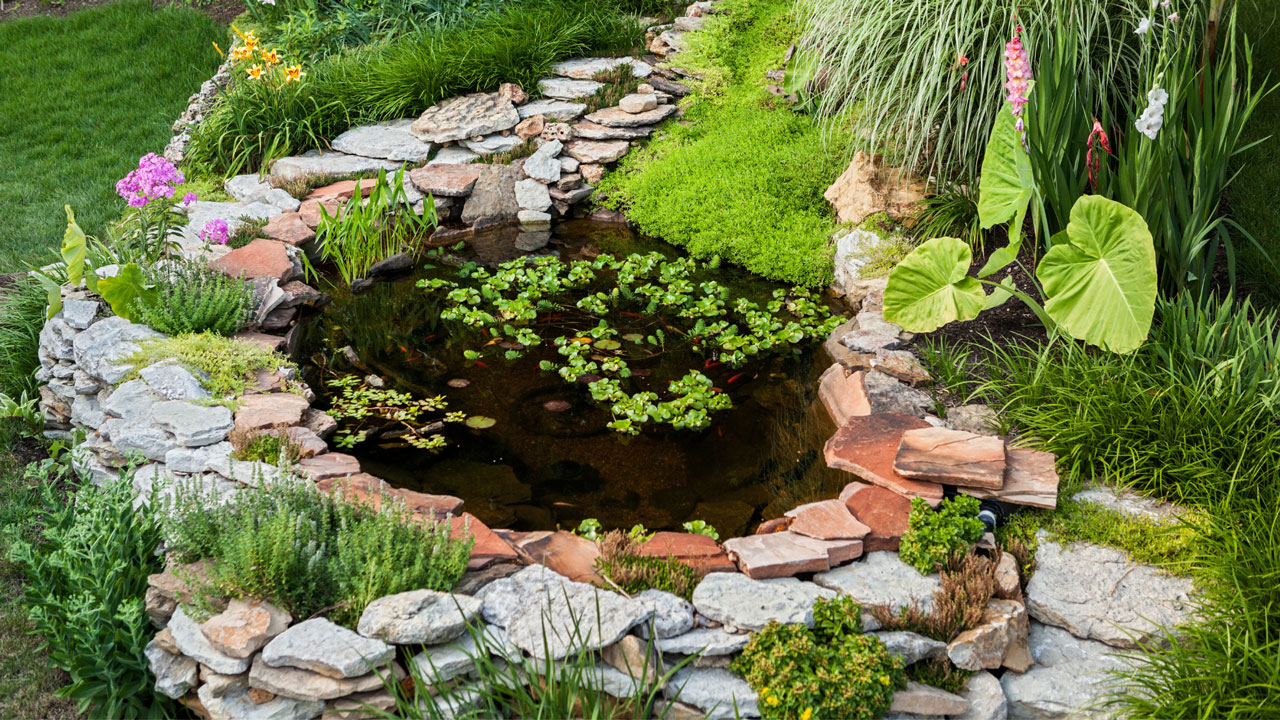 There is nothing better than coming home from a long day of work to relax in your very own outdoor space. It is meant to serve as a place that offers you a little slice of heaven away from the chaos of the rest of the world, and the tranquility provided by a
There is nothing better than coming home from a long day of work to relax in your very own outdoor space. It is meant to serve as a place that offers you a little slice of heaven away from the chaos of the rest of the world, and the tranquility provided by a 